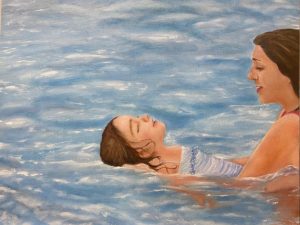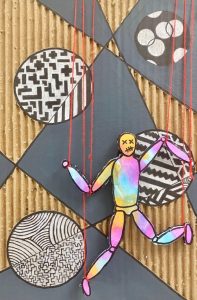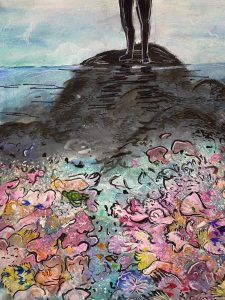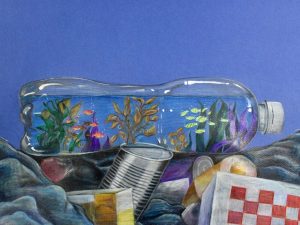


Pablo Picasso famously said: “Every child is an artist. The problem is how to remain an artist once we grow up.” I agree with Picasso. In their formative years, young children love to create art. Just provide the materials, and each child will create multiple works of art without hesitation. It is documented that we go through the same basic stages of developmental art as children. We all began as preschool scribbler artists. In just a few years, our art creations advanced to the characteristic green line of grass and the upper line of blue sky with the yellow sky in the corner. Around the age of 12, many children stop creating. At this stage, many youngsters can observe how the world appears, but they cannot make similar “correct” images. Art instruction becomes a vital part of education at this point. Beyond the ability to draw, but closely connected, is the ability to process and arrive at creative conclusions.




Art education plays an essential role in the personal and professional development of citizens. There is much more to education in the twenty-first century than memorizing facts and figures. While these skills are certainly part of the process, developing creative thinking skills and problem-solving is also vital. In the Jackson Academy Art Department, we incorporate creativity in various ways daily. For each art project, students are given basic instructions with the opportunity and encouragement to create and think “outside of the box.” Historical and cultural elements are also tied into hands-on art projects. At JA, we’re creating bright minds and good hearts. Our art instruction is one of the ways students hone their abilities to creatively use their hearts and minds in ways that benefit their communities.

Ingram has instructed art students from first graders to seniors as well as Advanced Placement art classes at JA for 44 years. She is currently teaching Art Appreciation as a dual enrollment class in association with Belhaven University.


